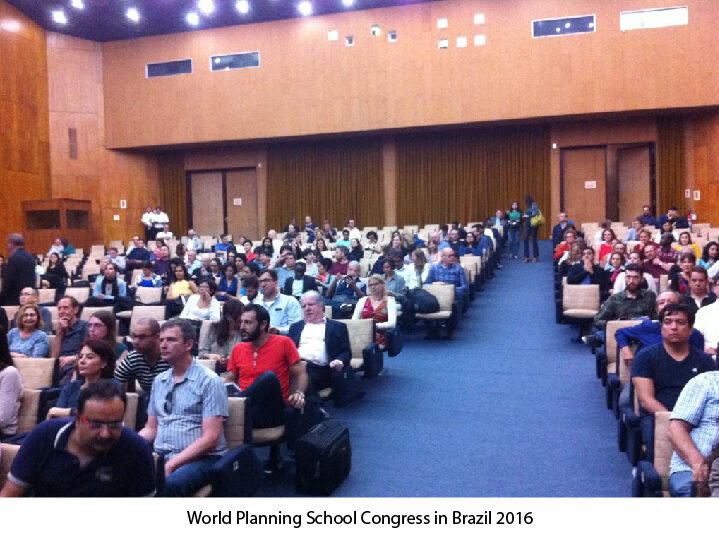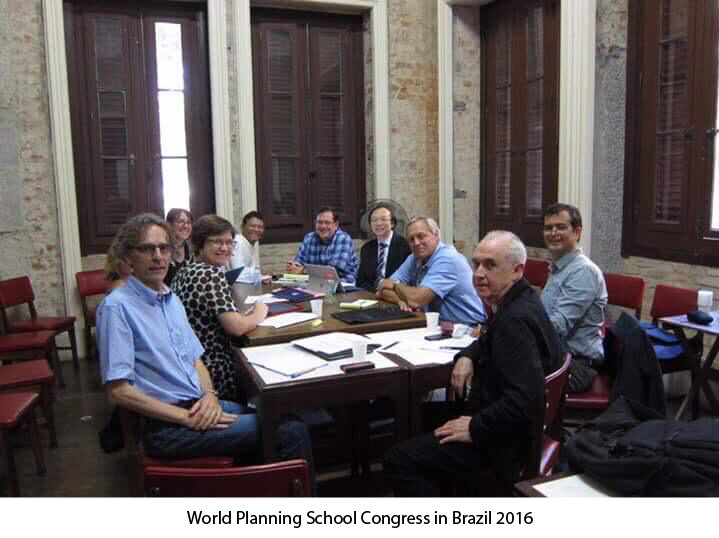Although the ten associations reflected wide differences in organization, activities, and politico-economic contexts, they shared belief in the substantial potential for cooperation to advance planning education and scholarship. At the conclusion of the meetings, they agreed to cooperate on an ongoing basis with what became known as the Shanghai Statement:
“Representatives of national and international planning education associations gathered at Tongji University in Shanghai and agreed on the goal of increasing mutual communication in order to improve the quality and visibility of planning and planning education. To achieve this, it was agreed to establish a global planning education association network and committees to plan to hold the second World Planning Schools Congress and to develop an inclusive communications network.”
The Shanghai Statement was signed in English and Mandarin by the association delegates at the closing ceremony of the WPSC at Tongji University on 14 July 2001. A year later, nine of the associations sent representatives to an organizational meeting of the network in Volos, Greece, held in conjunction with the annual congress of AESOP. A proposed charter prepared in Volos was ratified and signed by the associations on 31 December 2002, establishing the Global Planning Education Association Network (GPEAN), today a network of 11 associations, those already named, plus the Association of African Planning Schools (AAPS), Association of Canadian University Planning Programmes (ACUPP), Latin-American Association of Schools of Urbanism and Planning (ALEUP), National Association of Urban and Regional Post-graduate and Research Programs (ANPUR, Brazil), Association for the Development of Planning Education and Research (APERAU, francophone), Association of Schools of Planning of Indonesia (ASPI), and Turkish Association of Planning Schools (TUPOB).
Currently, GPEAN has an active role in discussions on teaching, research, and practice of urban and regional planning on a global scale as a result of that initiative. The network’s activities have included four world planning schools congresses, six edited issues of its book series, “Dialogues in Urban and Regional Planning,” published with Routledge, joint work with UN-Habitat, the International Society of City and Regional Planners, and the Global Planners Network, and in the various academic and professional activities in which its associations’ members participate. With its 11 associations, GPEAN brings together urban and regional planning schools from more than 80 countries, as can be seen in the map below. This week, GPEAN commemorates the 20th Anniversary of the Shanghai Statement, which was the cornerstone for its creation.


